(59729 products available)














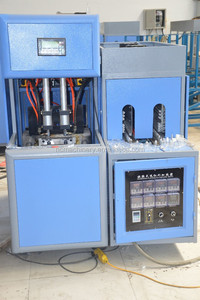
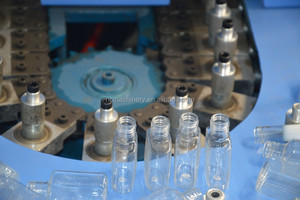




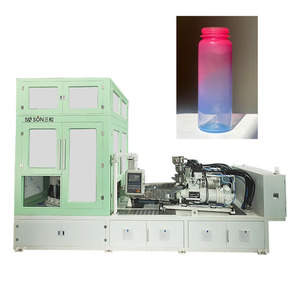













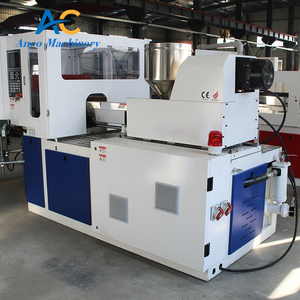

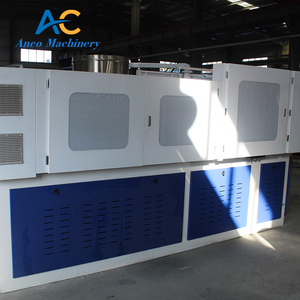








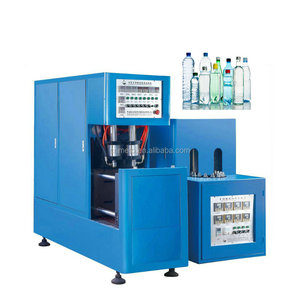



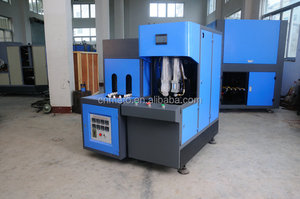






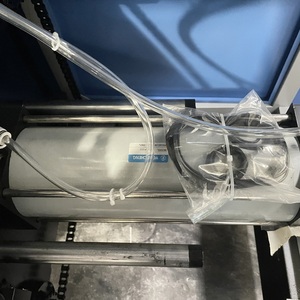







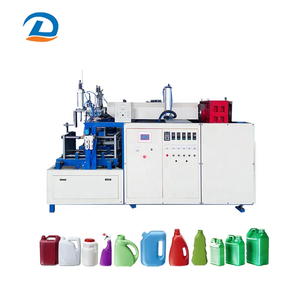
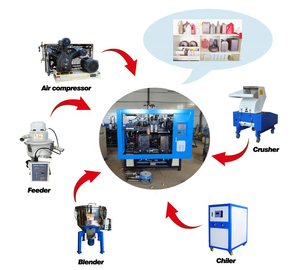

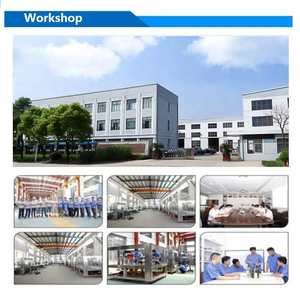




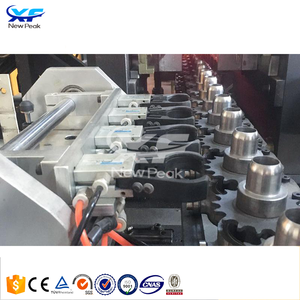






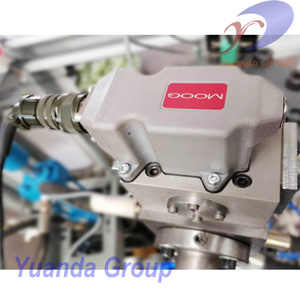
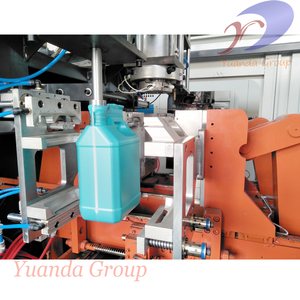













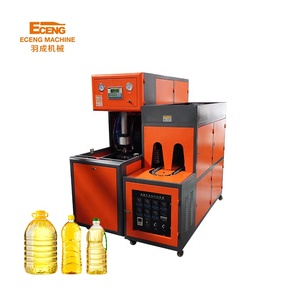


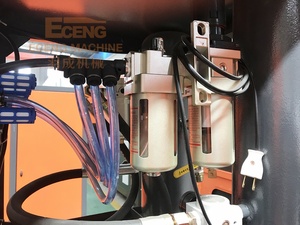


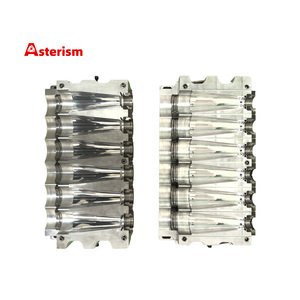






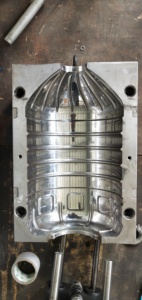








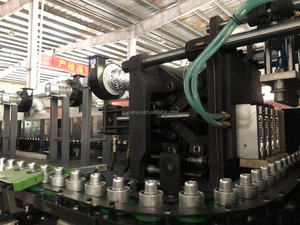
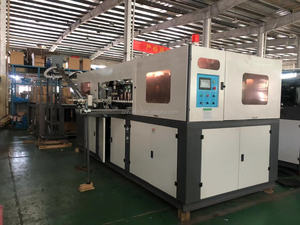

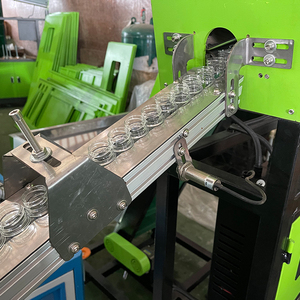







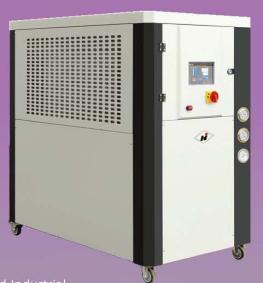


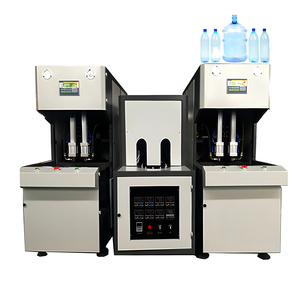






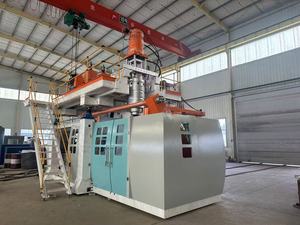
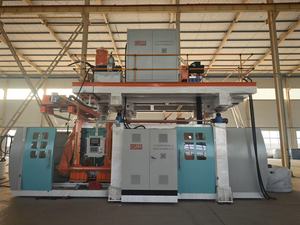






































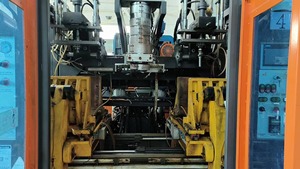
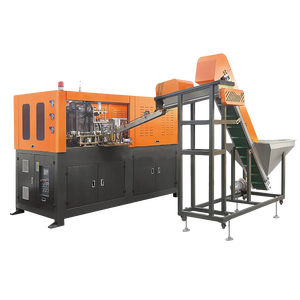

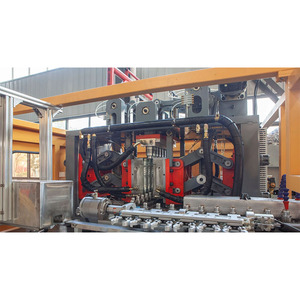
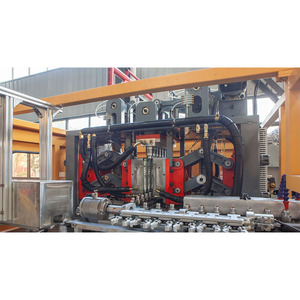



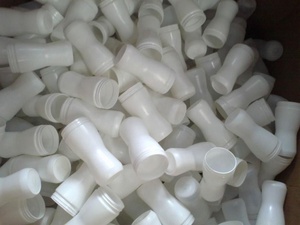

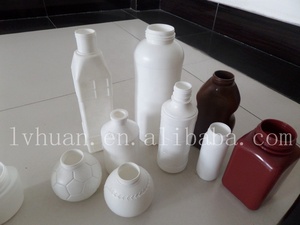




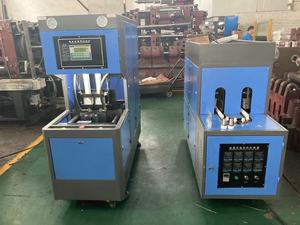




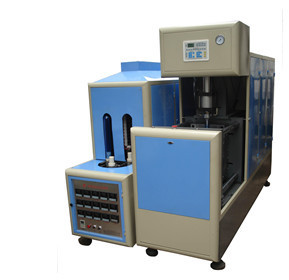



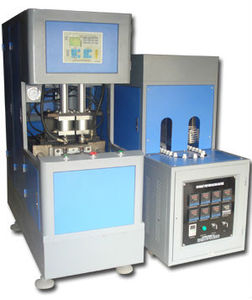

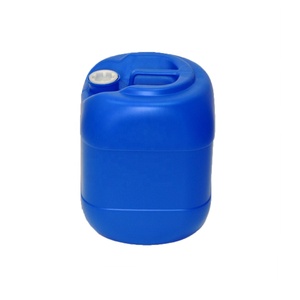

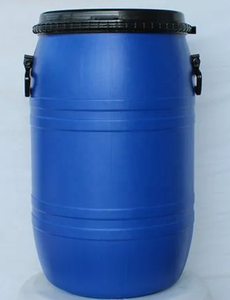
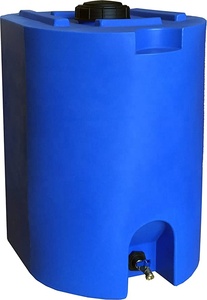

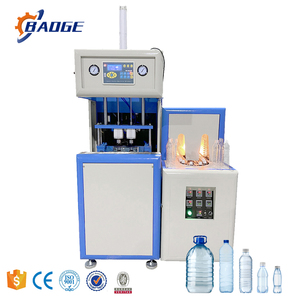

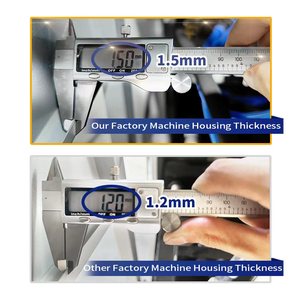






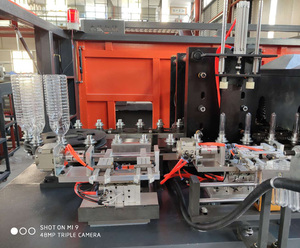
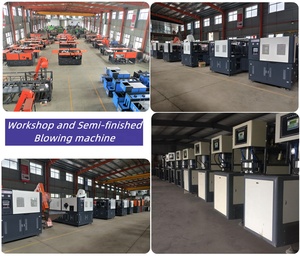




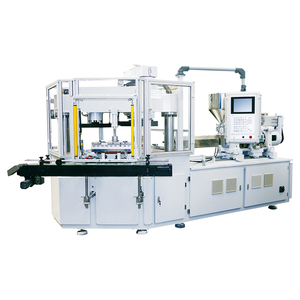

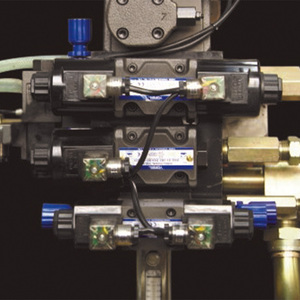
Market Overview: The global plastic blow molding machine market is witnessing a modest growth trajectory, with an estimated valuation of USD 3.0 billion in 2023, projected to reach USD 3.5 billion by 2030, growing at a CAGR of 2.3% during this period, according to Global Industry Analysts, Inc. This growth is primarily influenced by the increasing demand for versatile packaging solutions across various sectors, including automotive, consumer goods, and healthcare. Notably, the Injection Stretch Blow Molding segment is expected to experience significant growth, reaching USD 1.7 billion by 2030, demonstrating a CAGR of 1.6%. The rising adoption of lightweight materials and sustainable packaging is driving manufacturers to invest in advanced blow molding technologies, enhancing production efficiency and reducing environmental impact.
Regional Insights: The regional dynamics of the plastic blow molding machine market reveal diverse growth patterns. The U.S. market, valued at approximately USD 815.6 million in 2023, shows a steady demand for blow molding machinery, particularly in packaging and automotive applications. In contrast, China is anticipated to grow at a robust CAGR of 4.6%, expected to reach USD 686.7 million by 2030. This growth can be attributed to the country's expanding manufacturing capabilities and increasing local demand for plastic products. Consumer behavior is shifting towards sustainable and innovative packaging solutions, prompting manufacturers to adapt their strategies and invest in eco-friendly materials and processes. As industries continue to evolve, the plastic blow molding machine market is poised for sustained growth, driven by technological advancements and changing consumer preferences.
The plastic blow molding machine is an industrial equipment that is used to make hollow plastic products of different shapes by blowing molten plastic into a mold. Generally, according to the feed systems and control systems, the plastic blow molding machines can be divided into different types.
Feed systems
In this category, the machines are divided into two types based on the material feeding systems: an accumulator blow molding machine and an extrusion blow molding machine.
The accumulator blow molding machine has an accumulator to store and push the plastic material into the mold. It makes products through rapid shots of high-pressure air into the heated-up plastic material. This process creates a quick plastic flow that takes the shape of the mold and cools down to form the final product. On the other hand, the extrusion blow molding machine shapes plastic material by melting and pushing it through a die to form a parison, which is then expanded by air into a mold to create the final product.
Control systems
This category refers to the ways in which the blow molding process is controlled and automated. It includes fully automatic blow molding machines and semi-automatic blow molding machines. The former one indicates the machines that offer fully automatic operation without the need for manual intervention in the blow molding process. Conversely, the latter one requires manual operation at some stages, offering a combination of automatic and manual control in the blow molding process.
Capacity:
The capacity of a plastic blow molding machine indicates the amount of material it can process during a single molding cycle. Machines with small capacities are well-suited for producing small parts at high output rates. Conversely, large ones with more capacities work well for producing large parts, such as industrial containers, tanks, and automotive components that require more materials and longer molding times.
Clamping force:
It is created when a movable platens pushes together a fixed one to hold the mold in a closed position. The clamping force is measured in tons. Molds need sufficient clamping forces for properly-hold molded parts with the required accuracy. Many factors affect the amount of clamping force needed for a mold, e.g., its size, weight, and the pressure generated by the blow of the gas used to form the plastic. Machines with high clamping forces are well-suited for working with large and heavy molds.
Power consumption:
Power consumption indicates an amount of energy a blow molding consumes during its operation. It indicates the level of energy the machine uses. The energy used depends on many things, such as the type, size, and efficiency of the machine, the processing parameters of the blow molding, the capacity of the machine, and the material being molded.
Mold size:
Mold size refers to the dimensions of the molds used in blow molding. Blow molds, usually made of steel or aluminum, form the plastic into specific shapes and sizes. The molds consist of two halves that meet along a parting line on the outside of the molded part. The mold has cavities that correspond to the internal and external features of the molded part. Blow molds also have cooling passages that help control the temperature of the mold during the blow molding process.
Regular cleaning:
Please make sure the machine is clean and free of dust, dirt, and debris that may accumulate in the course of use. Regular cleaning helps maintain the appearance and proper functioning of the machine. It also helps prevent the occurrence of malfunction and ensures good processing quality.
Lubrication system maintenance:
Maintain the lubrication system of the blow molding machine, please ensure the lubricating oil is clean, and enough oil is added to keep the machinery adequately lubricated.
Fastening parts:
Regularly check and fasten each part of the machine, especially fasteners such as nuts and bolts. This avoids any loosening or falling that may occur during the use of the machine, ensuring its stable operation and safety.
Replacement of wearing parts:
Some parts of the blow molding machine easily wear out, such as molds, cutting blades, and feed throats. Regular inspection and replacement of these wear parts help maintain the stability and precision of the machine's processing.
The plastic blow molding machine is used mainly in the packaging industry, which is vast. Business buyers can use this machine to make plastic bottles for the following:
Other product packaging that requires lightweight, durable, and tamper-proof plastic bottles.
Products include:
As technology advances, new applications, such as lightweight containers for solar energy production and specialized containers for biopharmaceuticals, will continue to emerge.
Before investing in a plastic blow molding machine, buyers need to consider some of the most critical factors.
Production capacity
Businesses need to evaluate their production needs and decide the amount they need monthly or yearly. This will help them to choose a machine that has the ideal capacity to fulfill their demand. It's important to note that selecting a machine with a lower capacity might lead to constant supply issues, while choosing one with a higher capacity might lead to unnecessary energy and equipment costs.
Machine size and footprint
Since blow molding machines are bulky, it's important to carefully consider their size and footprint. The machine's dimensions should fit well into the production floor, and there should be enough space for worker safety and the maintenance of the equipment.
Compatibility with materials
Plastic blow molding machines are made to work with a certain type of plastic or a set of plastics. Since each plastic material requires a different material handling system, heating element, and conditioning system, it is important to ensure that the machine is compatible with the material.
Machine complexity and ease of use
Machines with complicated operating systems may require experts with advanced skills. Blow molding machines, no matter how complex, should have user-friendly controls for easy operation and minimal employee training requirements.
initial costs and operating expenses
It is a well-known fact that the upfront cost of purchasing a blow molding machine is critical, but operating costs also significantly affect overall machinery expenses. Operating costs include energy, water, air pressure, and temperature controls.
Q: What are the trends in the blow molding machine market plastic?
A: The global plastic blow molding machine market is anticipated to increase in size at a steady CAGR during the forecast period. Factors such as the rise in demand for bottles in the food and beverage industry coupled with the consistently increasing use of plastic in the automotive sector are expected to boost market growth.
Q: What is the main difference between stretch and blow molding?
A: In blow molding, PS, PE, PP, PVC, and other plastic materials are heated until they are molten and then blown into a mold using air pressure. In stretch-blow molding, the material is pulled into the shape by a two-stage process. First, the plastic is heated and formed into a parison. Then, the parison is axially stretched and blown into the mold.
Q: Can complex geometries be achieved through blow molding?
A: The simple nature of the process and the flexibility of air pressure as a forming mechanism allow blow molding to effectively form around corners and into crevices, resulting in a uniform thickness of the product.